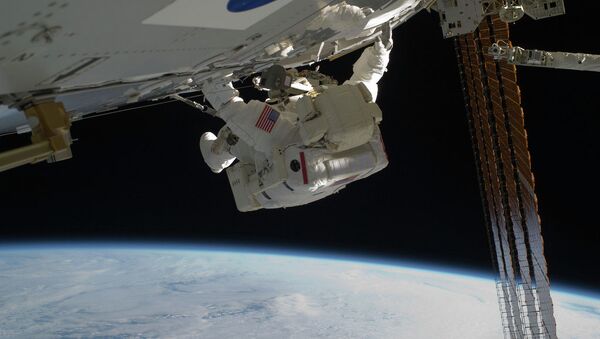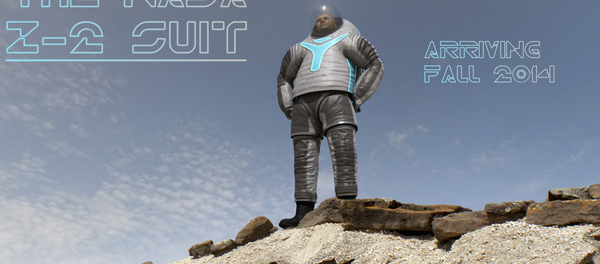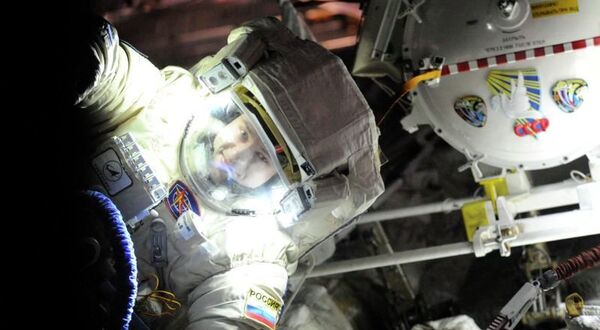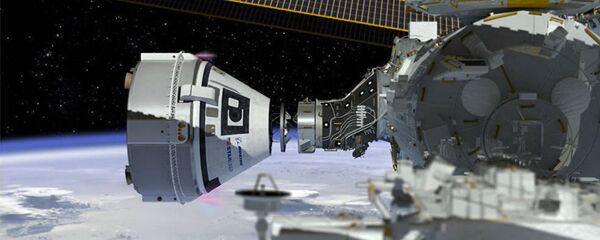In the audit, Inspector General Paul Martin and his team examined "NASA’s efforts to maintain its existing spacesuits and its plans for and progress in developing its next-generation spacesuits."
The team has interviewed Agency and other relevant officials; analyzed cost, schedule, and performance data; and reviewed relevant reports, documents, and presentations.
The revelations however seem to be quite alarming.
"Beginning with the Gemini 4 mission in June 1965, NASA astronauts have ventured outside their spacecraft hundreds of times wearing specialized suits that protect them from the harsh environments of space and provide the oxygen and temperature control necessary to preserve life. The spacesuits NASA astronauts currently use on the International Space Station (ISS or Station) – known as Extravehicular Mobility Units (EMU) – were developed more than 40 years ago and have far outlasted their original 15-year design life," the report states.
"NASA continues to manage an array of design and health risks associated with the EMUs used by ISS crew. In addition, only 11 of the 18 original EMU Primary Life Support System units – a backpack-like structure that performs a variety of functions required to keep an astronaut alive during a spacewalk – are still in use, raising concerns that the inventory may not be adequate to last through the planned retirement of the ISS," says What We Found section of the manual.
Despite spending nearly $200 million on NASA’s next-generation spacesuit technologies, the manual says, the Agency remains years away from having a flight-ready spacesuit capable of replacing the EMU or suitable for use on future exploration missions.
"As different missions require different designs, the lack of a formal plan and specific destinations for future missions has complicated spacesuit development. Moreover, the Agency has reduced the funding dedicated to spacesuit development in favor of other priorities such as an in-space habitat," it states.
A decade ago, NASA began developing a rocket and spacecraft to return humans to the Moon as part of the Constellation Program. Back in 2009, NASA awarded a $148 million contract to Oceaneering International, Inc. to develop and produce a spacesuit for astronauts for operations in deep space and on the lunar surface.
However, President Obama canceled the Constellation program just a year later, in early 2010.
Later that year, senior officials at the Johnson Space Center recommended canceling the Constellation spacesuit contract because the agency had its own engineers working on a new spacesuit and because NASA apparently no longer had a clear need for deep-space spacesuits.
However, the Houston officials were overruled by agency leaders at NASA's headquarters in Washington, DC.
The recently released report provides its comments on the issue.
"After examining these spacesuit development efforts, we question NASA’s decision to continue funding a contract associated with the Constellation Program after cancellation of that Program and a recommendation made by Johnson Space Center officials in 2011 to cancel the contract." It says.
Rather than terminate the contract, it says, NASA paid the contractor $80.8 million between 2011 and 2016 for spacesuit technology development, despite parallel development activities being conducted within NASA’s Advanced Exploration Systems Division.
Finally, it states, little schedule margin exists between anticipated delivery of the Orion Crew Survival System spacesuit in March 2021 and NASA’s current internal launch date of August 2021 for its first crewed mission.
The report therefore recommended the Associate Administrator for the Human Exploration and Operations Mission Directorate to urgently develop and implement a formal plan for design, production, and testing of the next-generation spacesuits; compare the cost of maintaining the current EMU spacesuit and developing and testing a next-generation spacesuit and apply lessons learned from operations of existing EVA to the design of future spacesuit systems.
At a pinch, NASA could do worse than turning to AliExpress, where a brand new space suit can be had for as little as $188, and even better, shipping is free!





